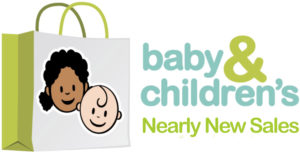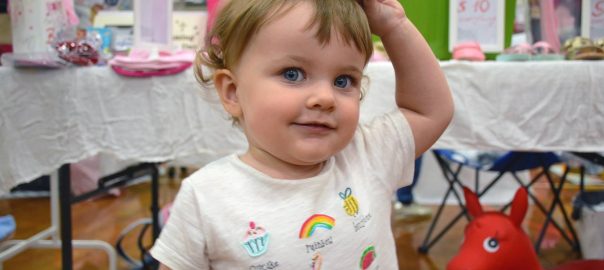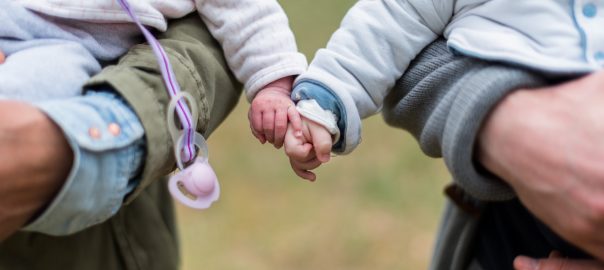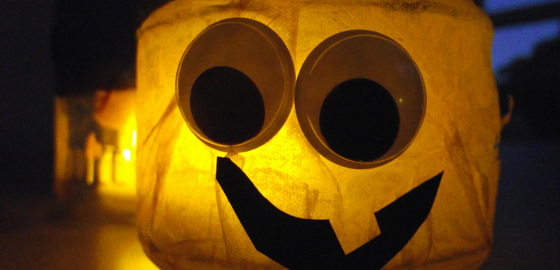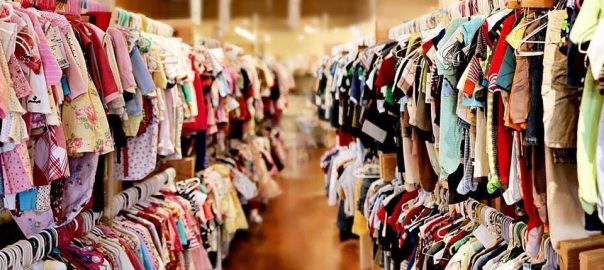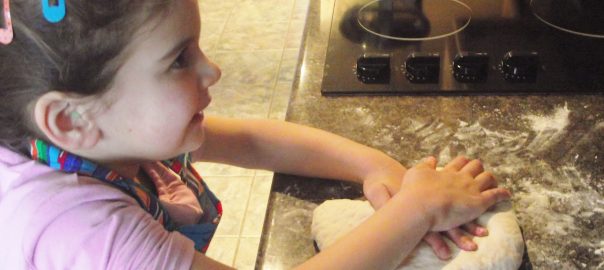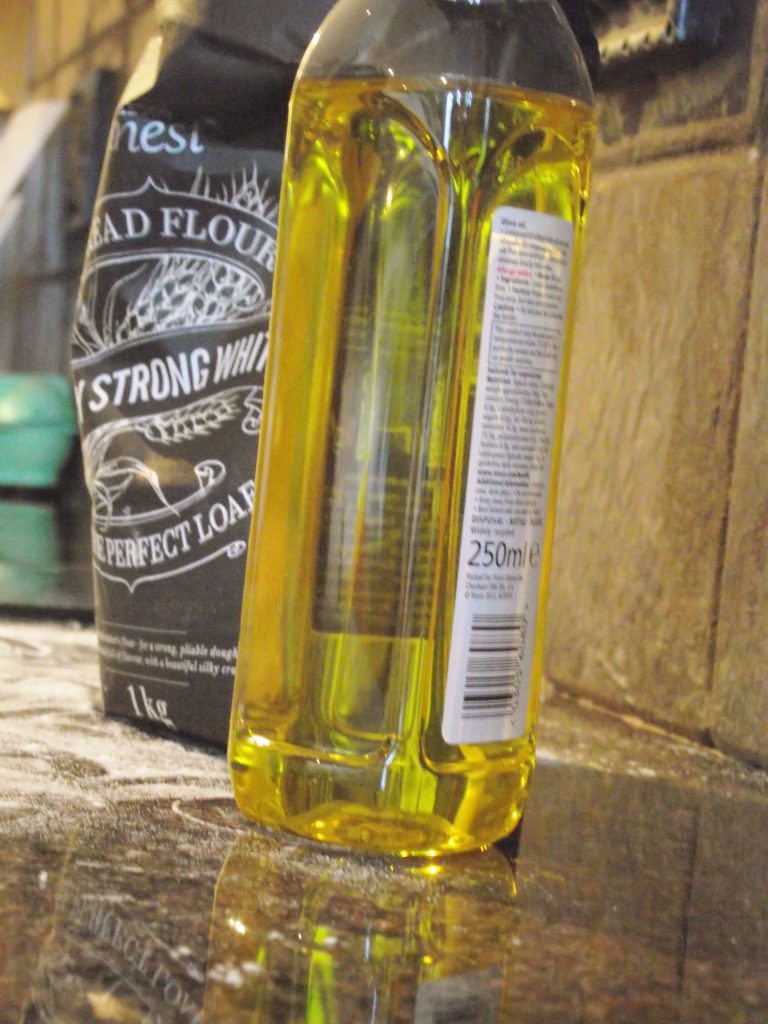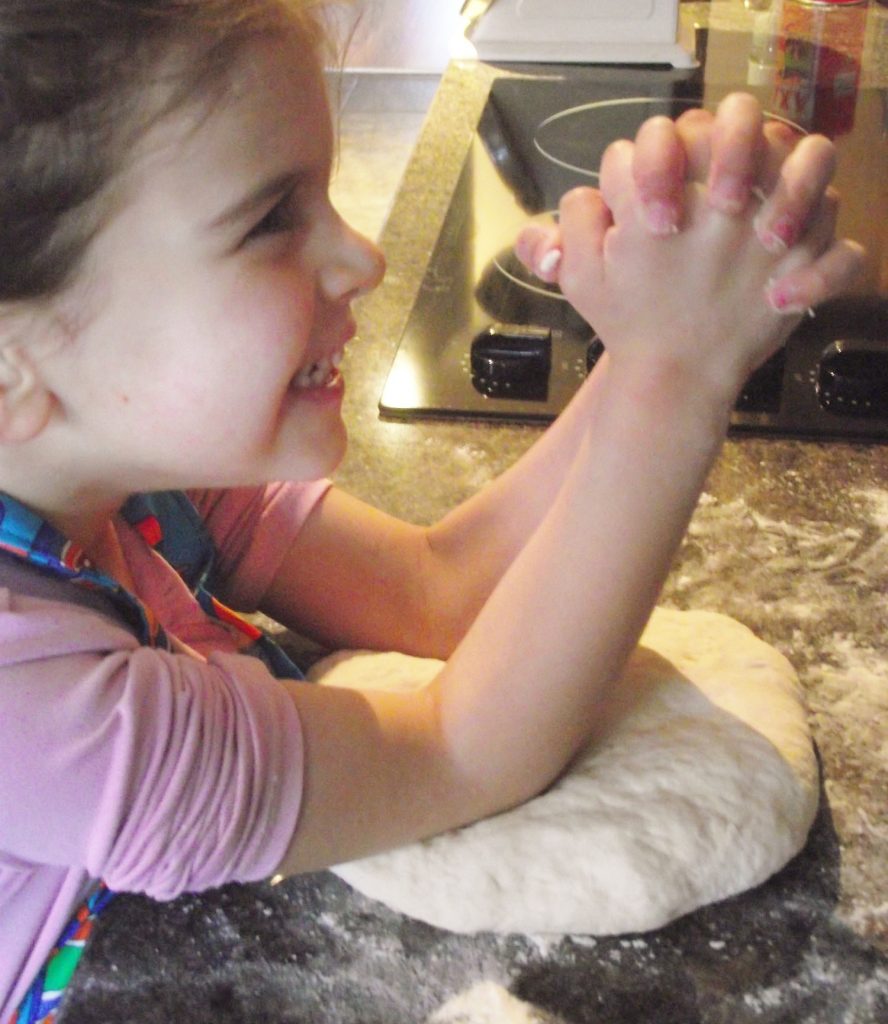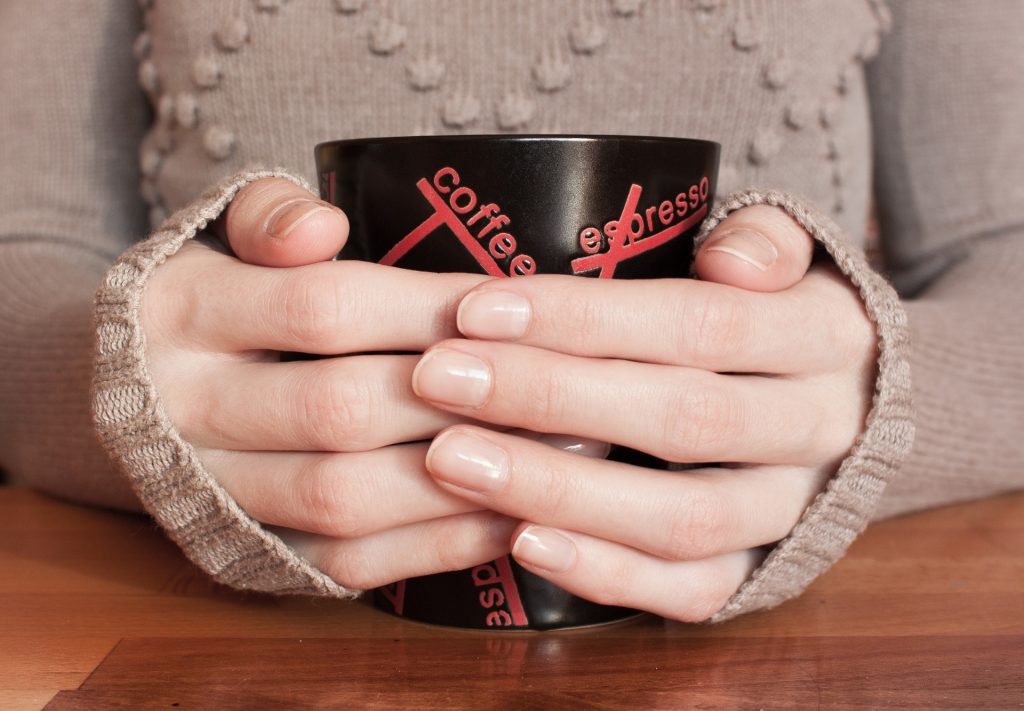WE’RE BACK!
Great news – Baby and Children’s Market Nearly New Sales are finally back!
All Indoor Markets can re-open which is great news for us along with our customers.
After what has felt like a long wait the government announced in May 2021 that all non-essential shops including indoor markets will be allowed to re-open from June 2021. Baby and Children’s Market have decided to return in September. The reason for this is because we want to ensure our events are safe.
We will be taking the necessary health and safety steps as recommended by the government to ensure our event organisers, customers, and their families are not at risk while attending our events. New sales dates will be published shortly on our website and Facebook pages.
Necessary COVID-19 risk assessments will be conducted prior to re-opening our nearly new baby sales come September. Once conducted the necessary measures will be put in place to reduce the risk to the lowest reasonably practicable level by taking up the advised government preventative measures.
What’s on offer at our Baby and Children’s Nearly New Baby Sales?
Baby & Children’s Markets nearly new sales provide the parental community with excellent quality nearly baby sales UK wide. Top brand preloved items at bargain prices. It’s the perfect place to stock up on great quality furniture, buggies, toys, clothes, maternity, books, bikes and so much more!
Mums and Dads can book a table at any of our events to sell on their quality preloved baby and children’s goods to bargain-hungry parents. All items are up to 90% off the full retail price which is a massive saving! Our nearly new baby sales are a fun way to grab some amazing bargains while helping the environment by recycling at the same time!
Why choose a Baby and Children’s Market to sell your children’s items?
Where to sell my children’s items near me?
Whether you’re selling all your baby gear to fund next year’s holiday or you’re hunting for bargains for your first baby, a nearly new sale can make money for sellers and save money for buyers. Win. Win. CLICK HERE for more information on the benefits of selling at a nearly new baby sale near you!
The Baby & Children’s Markets are the place where ‘Smart Parents’ Buy, Sell, and Save a fortune on children’s items! Seller takes home 100% of their sales profit on the day!
- Do you have stacks of out-grown nearly new baby and children’s toys, clothes, books, games, equipment, maternity items, etc. from birth to 8 years taking over your house?
- Are you spending hours uploading your items online and getting very little for the effort? Or dealing with eBay and Facebook time wasters?
It’s simple, fun, and stress-free PLUS you take home 100% of the SALES YOU MAKE on the day!
- You have complete control over your stall, how you set it up, and how you price your items!
- Plus you have the opportunity to negotiate your prices directly with the buyer so you don’t miss out on a sale!
Join us at a market near you. Have a fun day out with other like-minded Mums & Dads, gain your storage room back, and on top of all MAKE SOME CASH!
READY TO BOOK A STALL? Then click the BOOK A STALL button below:
Don’t have a nearly new baby sale near you?
Then why not JOIN OUR TEAM and run your own local baby and children’s nearly new sales for your parental community.
Joining our team is easy and very affordable!
We are looking for, self-motivated mums or dads to start their own home-based self-employed business running local baby and children’s nearly new baby sales UK-wide. Affordable setup fee plus full training and ongoing support provided.
JOIN TODAY! CLICK HERE!
We thank you for your patience and hope to see you in September at a market near you! Take care and stay safe!
